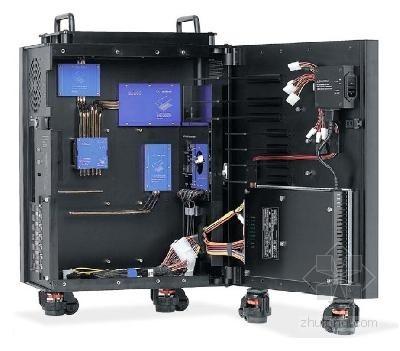


Cold source system is short for circulating water system of power plant. Its main function is to provide cooling water for nuclear island's safe plant water, and cooling water for conventional island's condenser and auxiliary cooler, which is the cold end system of power station operation. Sometimes, however, impurities such as kelp temporarily block the filter screen, resulting in blockage of the outlet. The frequent occurrence of cold source events affects the safety and reliability of power plants.
From May to March 2016, the National Nuclear Safety Administration issued a Circular on Recent Ocean Life or Foreign Matter Affecting Water Intake Safety of Nuclear Power Plants, which reported several cold source safety incidents at nuclear power plants at home and abroad. This shows that cold source safety of nuclear power plants has become an important factor affecting nuclear safety of nuclear power plants.
In 2007, the World Association of Nuclear Operators (WANO) issued an important operational experience report WANO SOER 2007-2, "Cooling Water Intake Blockage", which analyzed 44 cold source blockage incidents in detail. The results show that no matter the reactor type and water intake configuration, the impact will continue to occur, and about 20% of the incidents have a direct impact on safety-related systems. The influence of the blockage of intake nozzle on nuclear power plant usually causes the water level of intake bay to fall below the designed or expected water level, which increases the possibility of damage to important equipment such as circulating water pumps, and further brings the risk of increasing the inlet temperature of heat exchanger in the safety-related system of nuclear power plant.
On the basis of investigating and learning from the operation experience of many nuclear power plants at home and abroad, Daozhong Energy in Jiangsu Province, relying on China Nuclear Environmental Protection Platform, has established a cold source support management service system of identification, monitoring, early warning and hierarchical response.
1. Understand the marine ecological information and environmental information around the intake through periodic investigation of the ecological environment of the intake area, analyze the possibility, blockage mechanism and possible blockage location of marine organisms under suitable environmental conditions, and identify the threatening factors that may cause the blockage of the intake area.
2. Develop specific and effective surveillance strategies for each threat factor, and establish early warning standards according to the blocking mechanism and its impact on the circulating water filtration system.
3. When reaching the early warning standard, give early warning to the main control room and the cold source guarantor. The main control room and the cold source guarantor implement different strategies of cold source according to the early warning level. The cold source response strategy is revised and optimized through on-site actual drilling and practical response feedback, so as to enhance the effectiveness of response action.
4. Improve the reliability of the cold source system through the technical improvement of the circulating water filtration system, and improve the operation mode of the unit to deal with the threat of water intake blockage.